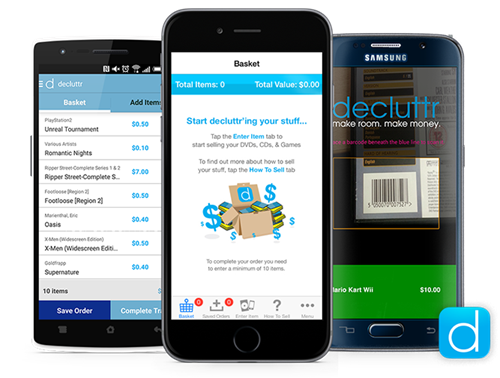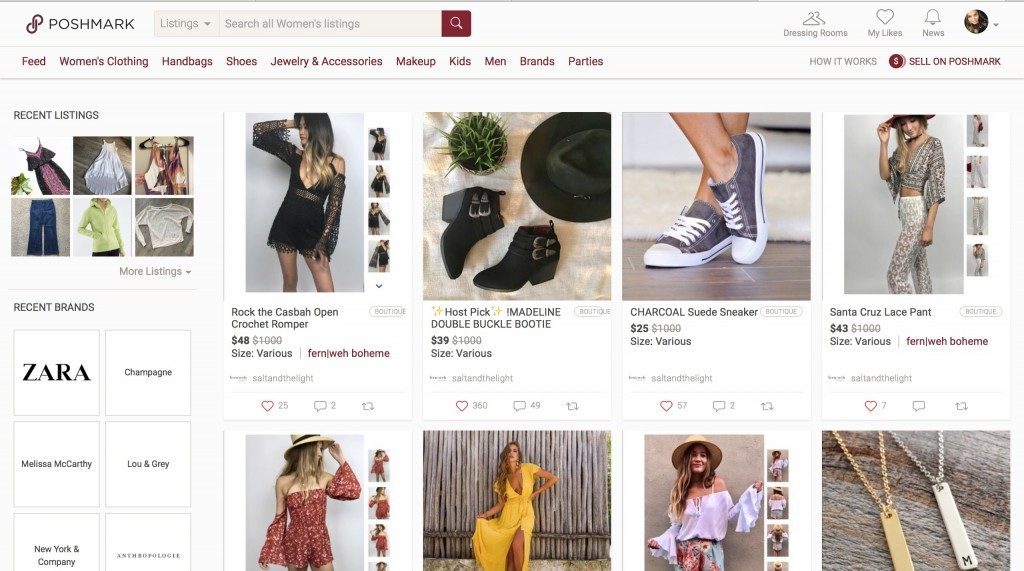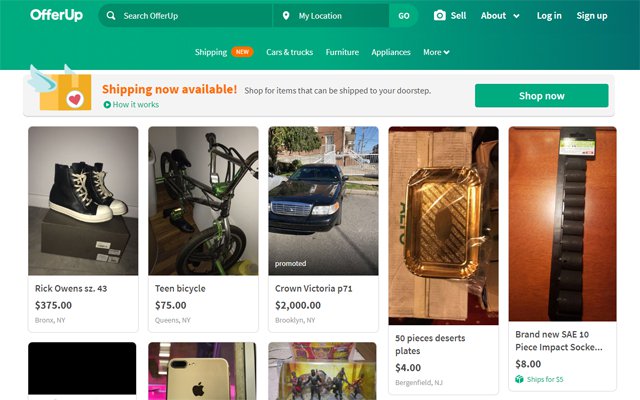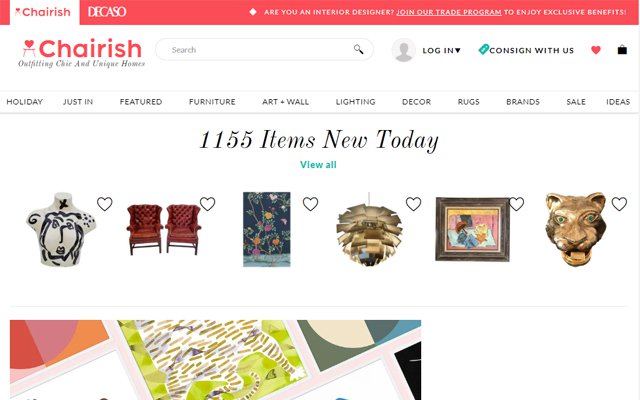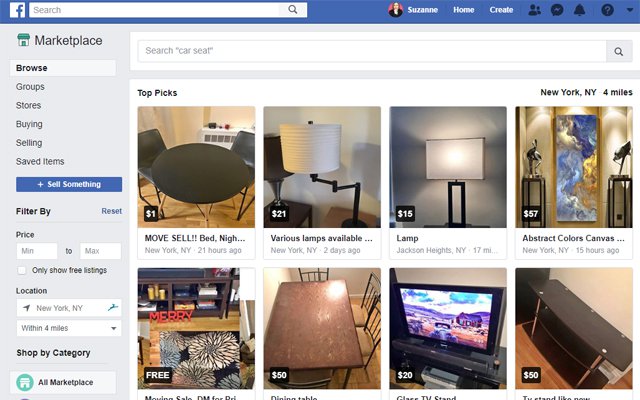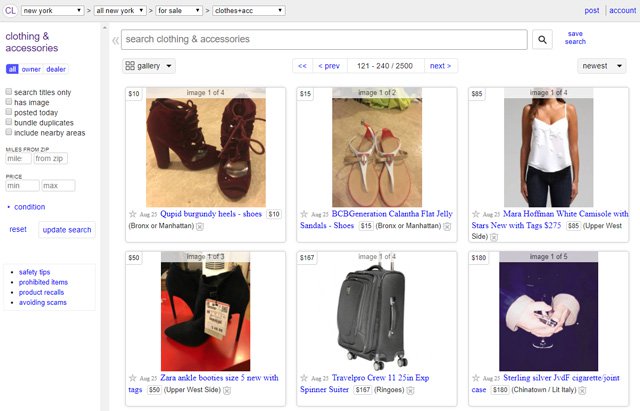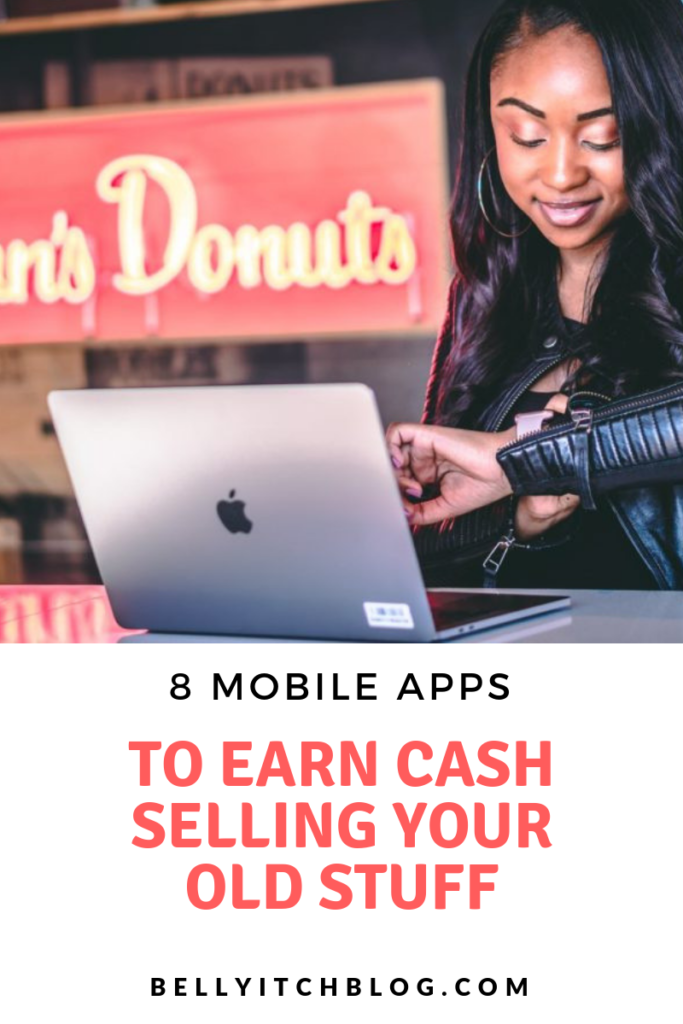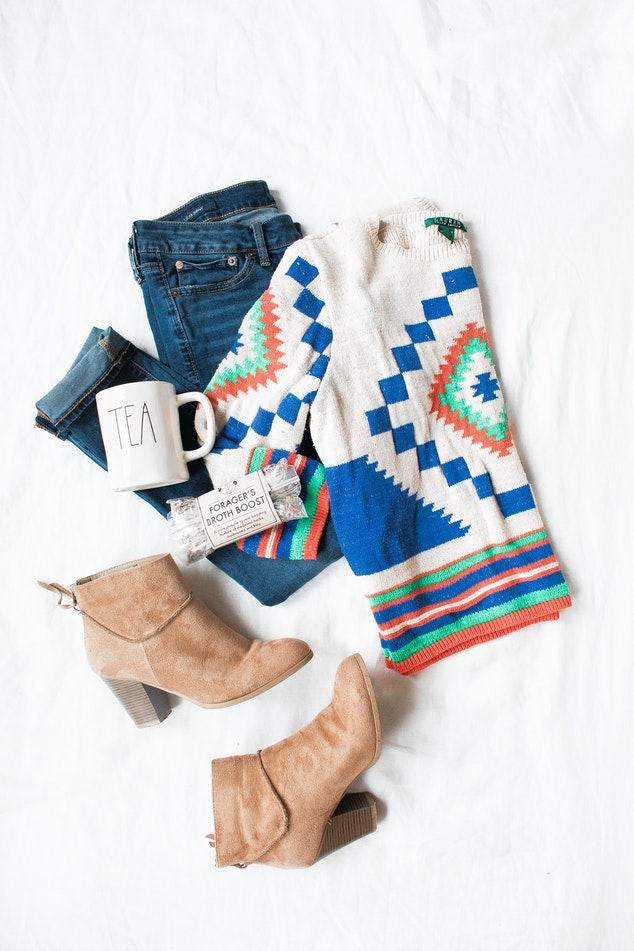Scholarships for Children Who Are Under Age 13
Action For Nature Eco-Hero Award
Action for Nature sponsors the International Young Eco-Hero Awards to recognize youth aged 8 to 16 who have completed environmental projects focused on environmental advocacy, environmental health, research or protection of the natural world. Cash prizes of up to $500 will be awarded. The deadline is February 28. For more information, call 1-415-421-2640, fax 1-415-922-5717, write to Action For Nature, 2269 Chestnut Street, #263, San Francisco, CA 94123, or send email to [email protected].
Angela Award
The Angela Award recognizes a female student in grades 5-8 who is involved in science. It is open to US and Canadian students. The award is a $1,000 US EE Savings Bond or Canadian Savings Bond. The award was established in honor of Gerry Wheeler, Executive Director Emeritus of the National Science Teachers Association (NSTA).
BattleBots IQ
BattleBots IQ is a robot-building contest for teams of middle and high school students and college students. See the rules for more information, or send email to [email protected].
The Do Something Awards
The BRICK Awards by Do Something provide community grants and scholarships to “change-makers” age 25 and under who work with Do Something to improve their communities. The competition is open to US and Canadian citizens and permanent residents. Five Do Something Award nominees will receive at least $10,000 in community grants and scholarships. Of the five winners, one grand prize winner will receive a total of $100,000 in community grants. The nominees also participate in a live VH1 TV show and will receive continued support from DoSomething.org. (The community grants are paid to the nominee’s organization or a not-for-profit organization of the nominee’s choice. All winners have the option of receiving $5,000 of the total award in the form of a college scholarship.) The deadline is March 1. For more information, send email to [email protected].
Davidson Fellows
Davidson Fellowships are awarded by the Davidson Institute for Talent Development to US students under age 18 who have completed a significant piece of work in the fields of Mathematics, Science, Technology, Music, Literature, Philosophy or Outside the Box. The significant piece of work should have the potential to benefit society. The focus of the program is on gifted and talented students. There is no minimum age for eligibility. Four $50,000 scholarships, seven $25,000 scholarships, and five $10,000 scholarships are awarded each year. The deadline is March 31 (receipt); there are earlier deadlines for some forms. For more information, write to The Davidson Institute for Talent Development, Attn: Davidson Fellows Coordinators, 9665 Gateway Drive, Suite B, Reno, NV 89521 or send email to[email protected].
Dick Blick Linoleum Block Print Contest
Dick Blick sponsors an annual contest for block prints made from linoleum. There are three divisions: grades 4-6, grades 7-9, and grades 10-12. Within each division there is one first prize of $400, one second prize of $250, one third prize of $150, and two honorable mentions of $50. The prizes are in the form of art materials chosen by the winner’s teacher from Dick Blick’s catalog for use in the winner’s art class. The deadline is March 15. For more information, call 1-800-828-4548, fax 1-800-621-8293, write to Artsonia, ATTN: Linoleum Contest, 3166 North Lincoln Avenue, Suite 416, Chicago, IL 60657, or send email to[email protected].
DuPont Challenge Science Essay Competition
The DuPont Challenge Science Essay Competition is sponsored by the DuPont Center for Collaborative Research & Education in cooperation with General Learning Communications. The competition is open to US and Canadian students in grades 7-12 inclusive. The competition involves writing a 700 to 1,000 word essay about a scientific or technological development, event, or theory chosen by the student. Topic areas include chemical sciences, life sciences, physical sciences, earth sciences, environmental sciences and space technology.
There are two divisions: grades 7-9 and grades 10-12. Within each division there is one first place prize of a $5,000 US Savings Bond, one second place prize of a $3,000 US Savings Bond, one third place prize of a $2,000 US Savings Bond, and several honorable mention prizes of a $200 US Savings Bond. The first through third place winners also receive an all-expenses-paid trip to Space Center Houston with a parent and the sponsoring Science and English teachers. The deadline is in mid-January. For more information, call 1-847-205-3000 or write to The DuPont Challenge, Science Essay Awards Program, c/o General Learning Communications, 900 Skokie Blvd., Suite 200, Northbrook, IL 60062-4028.
Girls Going Places Entrepreneurship Award Program
The Girls Going Places Entrepreneurship Award Program is open to girls age 12 to 18 who demonstrate entrepreneurship and make a difference in their schools and communities. The first prize winner receives is $10,000, the second prize winner receives $5,000, the third prize winner receives $3,000, and the 12 finalists receive $1,000 each. The award program is sponsored by Guardian Life Insurance Company of America. The deadline (receipt) is March 1.
Gloria Barron Prize for Young Heroes
The Gloria Barron Prize for Young Heroes is awarded annually to ten US and Canadian students, aged 8-18, who have developed an extraordinary service project that helped people and the planet. Half of the winners are focused on helping their communities and people, and half are focused on protecting the environment. Winners receive a $2,500 scholarship. For more information, write to The Barron Prize, PO Box 17, Boulder, CO 80306-0017.
Jif Most Creative Peanut Butter Sandwich Contest
The Jif Most Creative Peanut Butter Sandwich Contest is open to children who are age 6 to 12. The grand prize is a $25,000 scholarship fund. The four runners up receive a $2,500 scholarship fund. The deadline is mid-November. The contest is sponsored by the J.M. Smucker Company.
Kohl’s Kids Who Care Program
The Kohl’s Kids Who Care Program (www.kohlskids.com) honors students age 6-18 who are involved in community service. Candidates enter by being nominated by an adult age 21 years or older. Nominees are considered in two age groups, 6-12 and 13-18, with three prize levels within each group. More than 2,000 children will receive a total of more than $350,000 in scholarships and prizes. More than 2,000 store winners each receive a $50 Kohl’s gift card, 194 regional winners each receive a $1,000 scholarship, and 10 national winners each receive a $5,000 scholarship. The deadline is March 15.
Letters About Literature
Letters About Literature is a national reading/writing contest sponsored by the Center for the Book in the US Library of Congress in partnership with Target Stores. The contest is open to US students in grades 4-12. Entries consist of a personal letter to an author, living or dead, from any genre, explaining how the author’s work changed the student’s way of thinking about the world or themselves. There are three competition levels: grades 4-6 (100-250 words), grades 7-8 (250-500 words), and grades 9-12 (500-750 words). Two winners are selected from each level and awarded a $500 gift card from Target. The contest opens in September and the deadline is December 1 (postmark). State winners are announced in March and national winners in April. For more information, send email to [email protected].
National Marbles Tournament Scholarships
The annual National Marbles Tournament awards $5,000 in scholarships to mibsters (marble shooters) aged 8 to 14. The tournament is held in June each year. The children crowned King and Queen of Marbles each receive a $2,000 scholarship. A $1,000 scholarship is awarded to the boy and girl who win the spontsmanship award. For more information, write to National Marbles Tournament, 811 Roeth Avenue, Cumberland, MD 21502.
National High School Oratorical Contest
The National High School Oratorical Contest is sponsored by the American Legion. It is open to US students in junior high school or high school (grades 7-12) who are under age 20 as of the date of the national contest. State contests are held no later than mid-March, and the national contest finals are held in April. The American Legion pays for the travel and lodging expenses of the state winners and their chaperones. The first place winner receives an $18,000 scholarship. The second place winner receives a $16,000 scholarship. The third place winner receives a $14,000 scholarship. Each state winner who participates in the first round of the national contest receives a $1,500 scholarship. For more information, call 1-317-630-1249, write to National Americanism and Children & Youth Division, The American Legion National Headquarters, PO Box 1055, Indianapolis, IN 46206, or send email to [email protected].
National History Day Contest
The National History Day Contest is open to students in grades 6-12 in the junior (grades 6-8) and senior (grades 9-12) divisions. The projects relate to a specific historical topic or theme. There are seven categories, including individual papers, individual exhibits, group exhibits, individual performance, group performance, individual documentary, and group documentation. Within each category, the first place winner receives $1,000, the second place winner receives $500, and the third place winner receives $250. The national contest is held in June.
National Spelling Bee
The National Spelling Bee is sponsored by the E.W. Scripps Company. It is open to students in grades 1-8 as of their school finals (February 1) and who are under age 16 as of the date of the national finals (June 1). The champion wins a total of $28,000 in cash prizes and scholarships. The second place finisher wins a cash prize of $6,000, the third place finisher receives $3,500, the fourth place finisher receives $2,000, the fifth place finisher receives $1,250, the sixth place finisher receives $1,000, and the seventh place finisher receives $750. There are also assorted other prizes ranging from $50 to $600 for students who are eliminated in earlier rounds. For more information, call 1-513-977-3040, fax 1-513-977-3800, or send email to [email protected].
NewsCurrents Student Editorial Cartoon Contest
The NewsCurrents Student Editorial Cartoon Contest is sponsored by Knowledge Unlimited, Inc. and is open to students in grades K-12. There are three divisions: grades K-6, 7-9 and 10-12. First, second and third place winners in each division receive US Savings Bonds. The deadline is March 1 (postmark). For more information, call 1-800-356-2303 or write to NewsCurrents Cartoon Contest, PO Box 52, Madison, WI 53701.
Nicholas A. Virgilio Memorial Haiku Competition
The Nicholas A. Virgilio Memorial Haiku Competition is open to students in grades 7-12. Entries from home-schooled students are not accepted. The six winning haiku received $50. The deadline is March 25 (receipt).
Nicholas Green Distinguished Student Awards
The Nicholas Green Distinguished Student Awards are sponsored by the Nicholas Green Foundation and administered by the National Association for Gifted Children. One $500 US Savings Bond is awarded to a student from each state. Candidates should be students in grades 3-6 who have distinguished themselves in academics, leadership or the arts. The deadline is June 1. Individual State associations may have earlier deadlines (in some cases as early as January 1). See the web site for additional details.
Red Vines Drawing Contest
Sponsored by the American Licorice Company, the Red Vines Drawing Contest is open to children in three age groups (as of May 1): kids (ages 6-12), teens (ages 13-18) and adult (ages 19+). In each age group and entry format there is one first prize winner of a $2,500 scholarship, one second prize of $250 and one third prize of $100. Entries (one per person) consist of an original work of art that features the Red Vines logo. Winners will be selected on the basis of creativity and relevance to the Red Vines brand candy. The deadline is September 30. For more information, visit the web site or write to American Licorice Co., 2796 NW Clearwater Drive, Bend, OR 97701.
Scholastic Art & Writing Awards
The Scholastic Art & Writing Awards are open to US and Canadian students in grades 7-12. It is sponsored by Scholastic Inc. and administered by the Alliance for Young Artists and Writers, Inc. More than 250,000 students enter the competition each year. Gold Portfolio Award recipients receive $10,000 scholarships (5 for art, 5 for writing, 2 for photography). For more information, call 1-212-343-6493, write to The Scholastic Art & Writing Awards, 557 Broadway, New York, NY 10012, or send email to A&[email protected].
TEAM Competitions
ThinkQuest
ThinkQuest is an annual team competition in which students under age 19 create innovative and educational web sites. There are three age divisions: 9-12, 13-15, and 16-19. Teams may have three to six student members. Prizes include laptop computers, MP3 players, and digital cameras
Toshiba/NSTA ExploraVision Awards
The Toshiba ExploraVision Awards is a competition for teams of 2-4 US and Canadian students in grades K-12. The goal of the competition is to encourage students to explora a vision of a future technology. The teams research a technology or device and project how it might change in the future. They identify necessary breakthroughs to enable the development of the technology and discuss the positive and negative impact of the technology on society. There are four divisions: grades K-3, grades 4-6, grades 7-9, and grades 10-12. Within each division, there is one first prize and one second prize. The first prize consists of a $10,000 US Savings Bond for each student on the winning team. The second prize consists of a $5,000 US Savings Bond for each student on the winning team. ExploraVision is sponsored by Toshiba and National Science Teachers of America. Materials are available starting in September. The deadline is February 1. For more information, call 1-800-EXPLOR9 (1-800-397-5679), write to ExploraVision, 1840 Wilson Boulevard, Arlington, VA 22201-3000, or send email to [email protected].
West Point Bridge Design Contest
The West Point Bridge Design Contest is open to US students age 13 through grade 12 at the time of registration. Students compete individually (team of one) or in teams of two members. This engineering competition involves designing truss bridges. Each member of the first-place team receives a $10,000 scholarship. Each member of the five finalist teams wins a notebook computer. Registration opens in early January and ends on February 28. The final round is held in April.
Young Naturalist Awards
The Young Naturalist Awards is a research-based science essay contest open to US and Canadian students in grades 7-12. It is sponsored by the American Museum of Natural History and the Chase Manhattan Foundation. Two scholarships are awarded to the winning essays at each grade level. The 7th grade winners receive $500. The 8th grade winners receive $750. The 9th grade winners receive $1,000. The 10th grade winners receive $1,500. The 11th grade winners receive $2,000. The 12th grade winners receive $2,500. Award winners and their family members also receive travel and lodging to attend the awards ceremony at the American Museum of Natural History in the spring. There are also 36 finalists who receive a cash award of $50 and a certificate. The deadline is in early March. For more information, call 1-212-496-3498, write to Young Naturalist Awards Administrator, National Center for Science Literacy, Education, and Technology, American Museum of Natural History, Central Park West at 79th Street, New York, NY 10024-5192 or send email to [email protected].
Scholarships for Children Who Are Age 13
American Morgan Horse Institute Graywood Youth Horsemanship Grant
The American Morgan Horse Institute (AMHI) sponsors the Graywood Youth Horsemanship Grant for members of the Morgan youth club or American Morgan Horse Association, ages 13 to 21. One or two grants are awarded each year. The grant is used to cover costs of study of horse care, breeding, management, training and riding of Morgan horses. See the application for additional details. The deadline is February 1. For more information, send email to [email protected].
San Antonio Parks and Recreation Department Miss Recreation Pageant
The San Antonio Parks and Recreation Department sponsors the annual Miss Recreation Pageant for unmarried female students aged 13 to 18. Candidates must reside within the city limits of San Antonio. The student crowned Miss Recreation will receive a $2,000 scholarship. The application deadline is in early December
Sizzling Style & Scholarly Smarts Scholarship Sweepstakes
CollegeBound Teen Magazine and N.Y.C. New York Color sponsor the Sizzling Style & Scholarly Smarts Scholarship. $1,000 will be awarded to the best 200-word essay about “what your one and only ‘can’t live without’ beauty product is and why you can’t live without it”. Candidates must be at least 13 years old and legal residents of the United States. The deadline is January 31. For more information, write to CollegeBound Teen Magazine, N.Y.C. New York Color/Sizzling Style & Scholarly Smarts Sweepstakes, 1200 South Avenue, Suite 202, Staten Island, NY 10314. |



